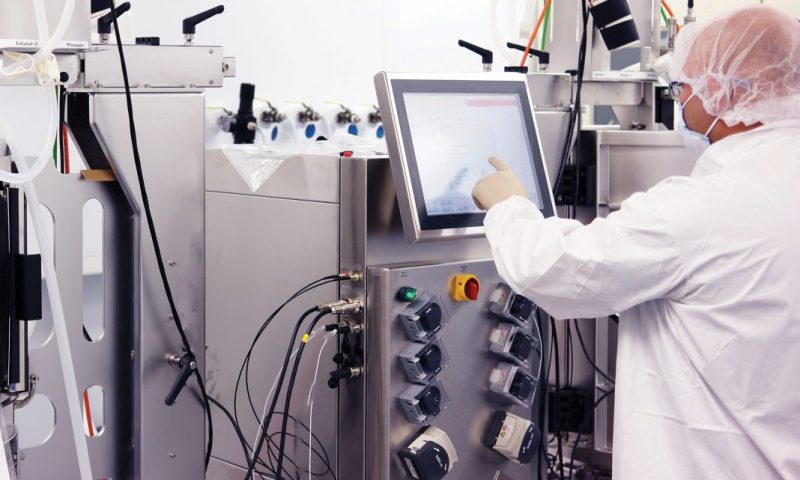Bioprocessing depends on cells as drug-making factories, and that requires one crucial factor—keeping those cells alive. So, two bioprocessing experts based in New York—Julian Rosenberg, PhD, associate director of the Stack Family Center for Biopharmaceutical Education and Training (CBET) at the Albany College of Pharmacy and Health Sciences, and Nathaniel Cady, PhD, Empire Innovation Professor of Nanobioscience and executive director of the Applied Materials Research Institute at SUNY Polytechnic Institute in Albany—set out to describe novel cell-viability assays for mammalian and microbial bioprocessing.
“I’ve always been interested in what the future of biomanufacturing and bioprocessing will look like,” says Rosenberg. So, Rosenberg and Cady wrote about the need for advanced viability measurements and new ways to adapt state-of-the-art biosensors and 3D imaging to bioprocessing—especially applying label-free, automated methods. Rosenberg describes these approaches as “holding a finger on the pulse of cell viability to get a better idea of what’s going on in cell cultures in real time.”
For example, optical, acoustic, and electrical sensors could tell a bioprocessor about the condition of cells—potentially without requiring any sampling or labeling. Such assays might also be performed and interpreted automatically as a bioprocess runs.
Rosenberg envisions bioprocessors “developing multi-scale tools, because opportunities to measure viability exist over a continuum—not just at the cellular level, but also nuanced subcellular features, such as metabolism, as well as multicellular contexts, like 3D tissue biofabrication for biomedical purposes or cellular agriculture.”
The real-time nature of such assays would allow a bioprocessor to track a batch over time. “You could capture data at an important inflection point early in the growth trajectory to glean information about whether a process is going in the right direction,” Rosenberg explains.
Some existing bioprocessing platforms make use of indirect measurements, such as cell biomass, and others use off-line biochemical means of measuring cell viability. For the next-generation, integrated bioprocessing analysis that Rosenberg and Cady envision, it’s early days from a commercial perspective.
“It’s an exciting area,” Rosenberg says, “because it’s about applying advanced technology and engineering principles to answer very fundamental biological questions: quantifying the quality of life that these cells are experiencing, to optimize culture conditions, and maximize cell viability.”

